Maintaining Attributes of Old-Growth Forests in Coastal BC Through Variable Retention
Data and Materials
-
Maintaining Attributes of Old-Growth Forests in Coastal BC Through Variable Retention PDFDate updated:October 1, 2025, 01:07 (UTC)
Organization
Wayerhaeuser, B.C. Coastal Group
No description provided
Additional Info
| Field | Value |
|---|---|
| Author | W.J. Beese, B.G. Dunsworth, K. Zielke, B. Bancroft |
| Publication Year | 2003 |
| License | Other (Open) |
| Last Updated | October 1, 2025, 01:07 (UTC) |
| Created | October 1, 2025, 01:07 (UTC) |



